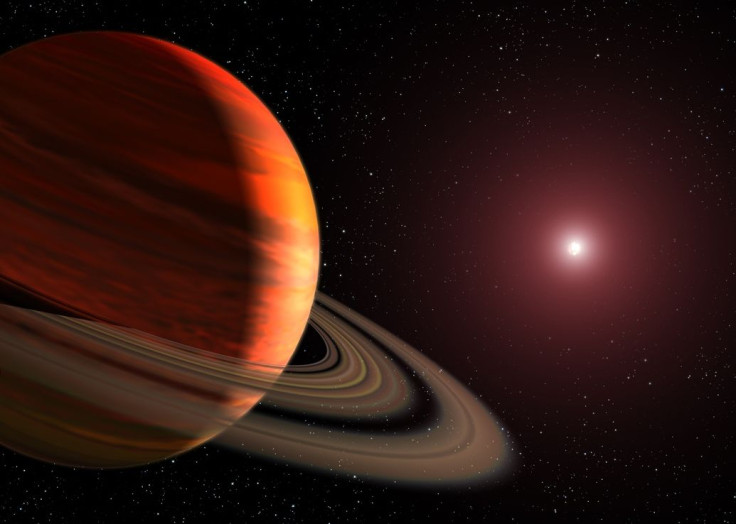Red Dwarf Star Narrowly Missed Our Solar System 70,000 Years Ago: Study

A new study, conducted by a team of international astronomers, revealed that about 70,000 years ago, a recently discovered dim star passed through the Oort Cloud, a distant cloud of comets that envelops the solar system. The astronomers said that no other star has ever approached the solar system this close.
Scientists analyzed the velocity and trajectory of the star, named “Scholz's star,” after the astronomer Ralf-Dieter Scholz, and determined that it passed by our solar system at a distance of about 0.8 light years, which equals 5 trillion miles. The solar system’s closest neighboring star, Proxima Centauri, is located about 4.2 light years away.
In the study, published in Astrophysical Journal Letters, astronomers said that they are 98 percent sure that the star went through what is known as the “outer Oort Cloud,” a region at the edge of the solar system, filled with trillions of comets a mile or more across.
“Most stars this nearby show much larger tangential motion,” Eric Mamajek from the University of Rochester in New York and the study’s lead author, said in a statement. “Sure enough, the radial velocity measurements were consistent with it running away from the Sun's vicinity -- and we realized it must have had a close flyby in the past.”
After further analysis of data regarding the star’s velocity, astronomers determined that Scholz's star was moving away from our solar system and they traced it back in time to its position 70,000 years ago. Until now, a “rogue star” called “HIP 85605” was believed to be the top contender for the closest known flyby of a star to the solar system.
According to astronomers, Scholz's star is currently positioned as a small, dim red dwarf in the constellation of Monoceros, which is located about 20 light years away.
The star was said to be magnetically active, causing it to “flare” and briefly become thousands of times brighter. Therefore, scientists believe that our ancestors 70,000 years ago might have seen the star with the naked eye “during rare flaring events.”
© Copyright IBTimes 2024. All rights reserved.






















